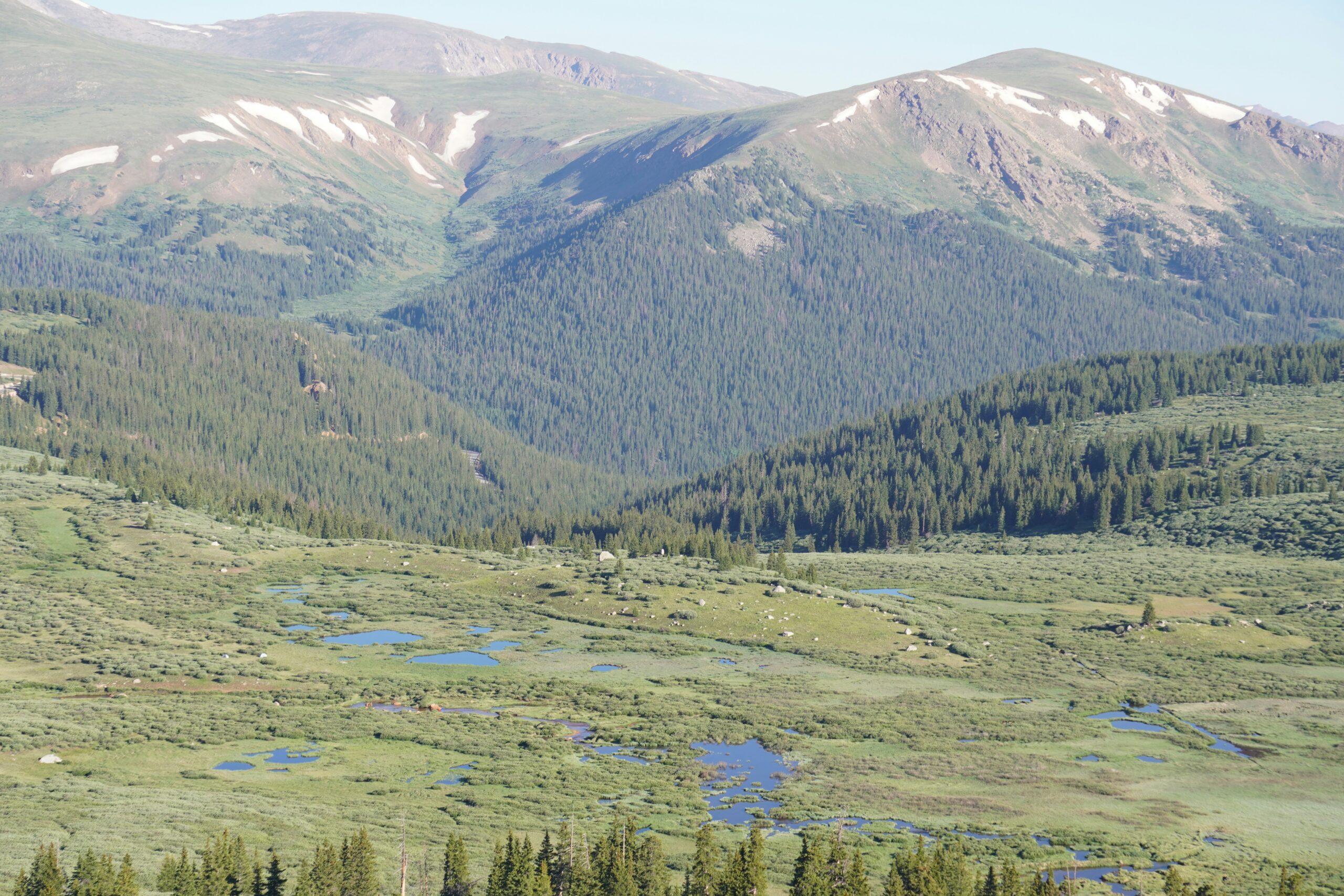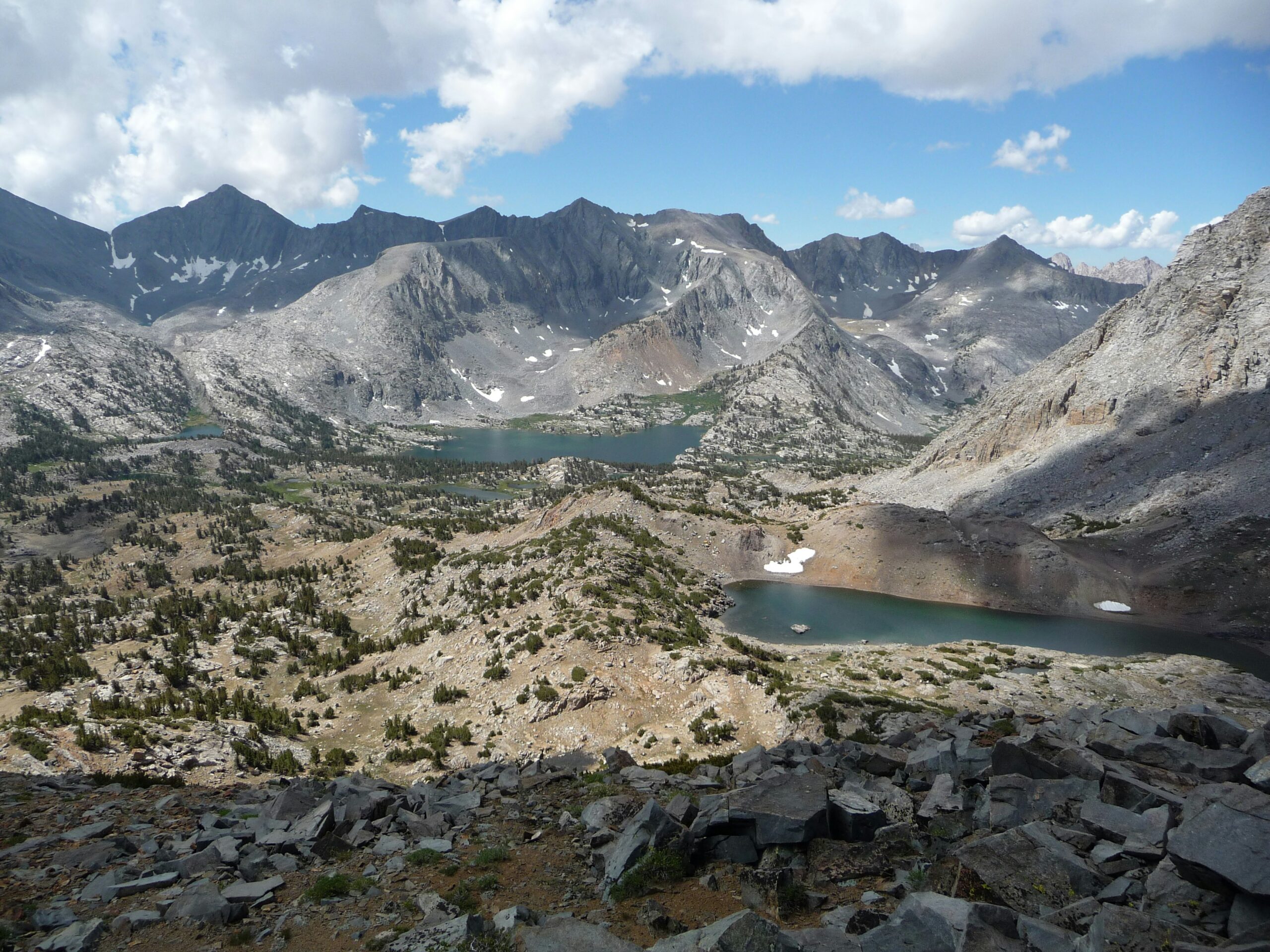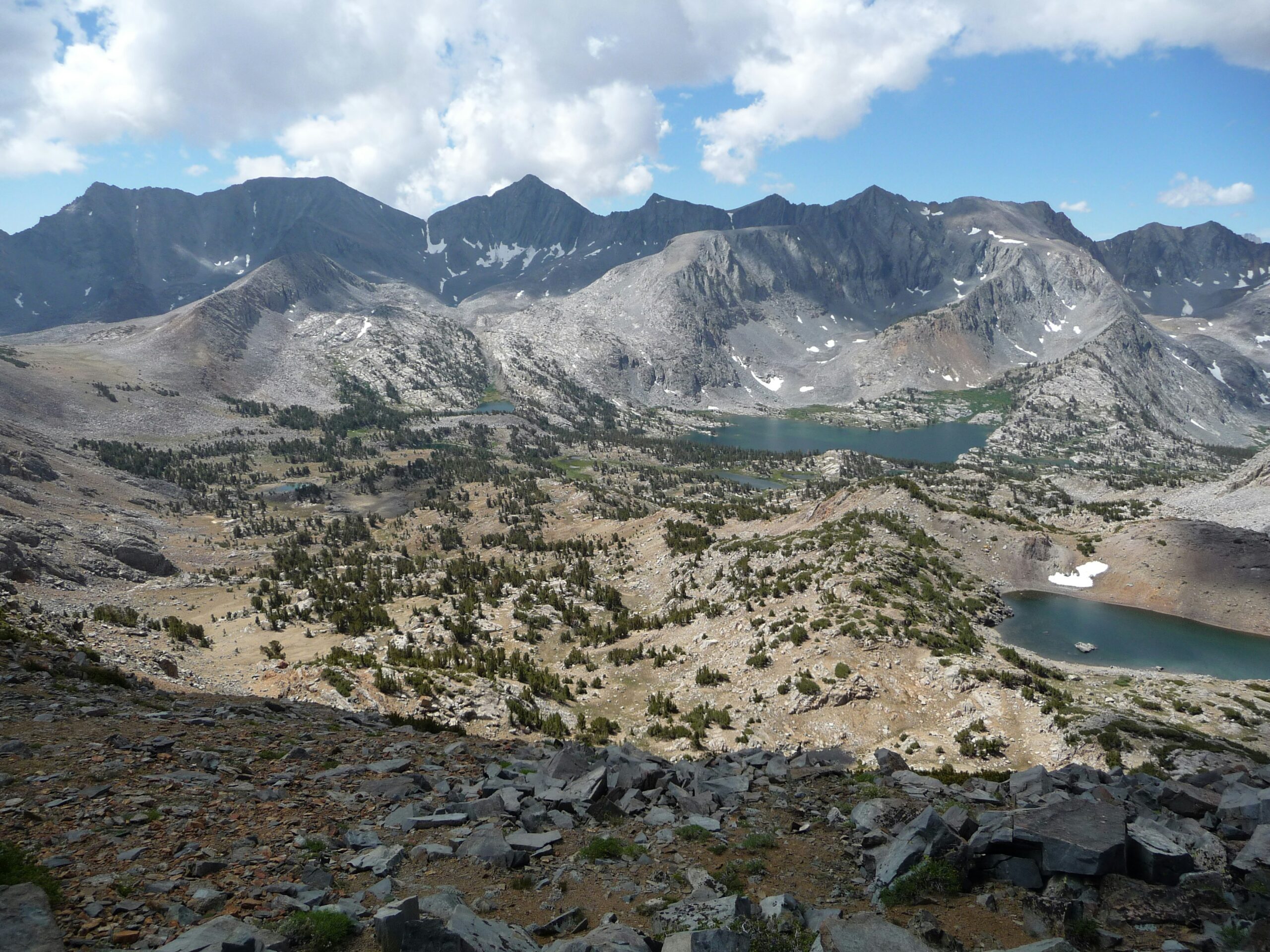Are you an avid hiker looking for the next exciting adventure? Well, look no further than the majestic Mount Shasta with its breathtakingly beautiful hiking trails. But before you gear up and hit the trails, you might be curious to know the elevation gain on these paths. Curious minds like yours will be pleased to discover the varying elevations that await you, offering a thrilling challenge for all skill levels. So strap on your hiking boots and prepare to conquer the heights of Mount Shasta as you embark on an unforgettable journey surrounded by stunning natural beauty.
Understanding Elevation Gain
Definition of Elevation Gain
Elevation gain refers to the total increase in elevation during a hiking or climbing trip. It is calculated by measuring the difference in elevation between the starting point and the highest point reached during the hike. In simpler terms, it tells you how much you climb throughout the journey, regardless of any descents.
Importance of Calculating Elevation Gain
Calculating elevation gain is important for several reasons. Firstly, it helps hikers and climbers determine the difficulty level of a trail. Knowing the elevation gain allows you to assess if you have the physical fitness and endurance to complete the hike. Secondly, it provides useful information for trip planning, allowing you to estimate the time it will take to reach certain points or complete the entire route. Lastly, understanding elevation gain can help you set goals and track progress as you challenge yourself to conquer higher peaks or more demanding trails.
How Elevation Gain Impacts Hiking Difficulty
Elevation gain plays a significant role in determining the difficulty of a hiking trail. The more elevation gain a trail has, the steeper and more strenuous it becomes. As you ascend, the air gets thinner, making it harder to breathe and potentially causing altitude-related symptoms such as fatigue and headaches. The steepness of the trail combined with the effects of increased elevation can quickly tire you out, requiring more effort and possibly slowing your pace. Therefore, understanding elevation gain is essential in choosing a hike that matches your fitness level and capabilities.
General Characteristics of Mount Shasta
Overview of Mount Shasta
Mount Shasta, located in Northern California, is a majestic and iconic volcano standing at an elevation of 14,179 feet (4,322 meters). It is the second-highest peak in the Cascade Range and one of the most prominent mountains in the United States. Mount Shasta is known for its distinct conical shape, snow-capped summit, and its spiritual significance to indigenous tribes and modern-day spiritual seekers.
Elevation Details of Mount Shasta
With an impressive elevation of 14,179 feet (4,322 meters), Mount Shasta offers hikers and climbers an exhilarating challenge. The elevation gain on various routes differs, ranging from moderate to highly demanding. It is important to be aware of these elevation details and choose a route that aligns with your experience, fitness level, and acclimatization.
Geographical Features of Mount Shasta
Mount Shasta boasts a diverse range of geographical features, including glaciers, volcanic cones, and lush alpine meadows. The mountain's slopes are home to a variety of flora and fauna, offering hikers breathtaking views and opportunities to observe nature at its finest. From the rugged lava flows to the serene subalpine forests, Mount Shasta's geographical diversity adds to the allure of hiking and exploring its trails.

Hiking on Mount Shasta
Rarity and Appeal of Mount Shasta Hikes
Hiking on Mount Shasta is a truly remarkable experience that attracts adventurers from all over the world. The rarity and appeal of these hikes lie in the mountain's impressive elevation, stunning landscapes, and the sense of accomplishment and awe that comes with conquering its peaks. Whether you are an experienced mountaineer looking for a challenging ascent or a nature enthusiast seeking breathtaking scenery, Mount Shasta hikes offer a little something for everyone.
Factors Affecting Hiking on Mount Shasta
Several factors influence the hiking experience on Mount Shasta. The mountain's high elevation requires hikers to be adequately prepared both physically and mentally for the challenges it presents. Factors such as weather conditions, trail difficulty, and the need for acclimatization play crucial roles in planning a successful hike. It is important to research and consider every factor before embarking on a journey to ensure a safe and enjoyable experience.
Assessing Trails of Mount Shasta
Number of Hiking Trails on Mount Shasta
Mount Shasta boasts numerous hiking trails that cater to a range of skill levels and ambitions. From well-established routes to more challenging and less frequented trails, there is something for hikers of all levels. Whether you prefer a shorter day hike or are planning a multi-day expedition, Mount Shasta offers a variety of trails to explore and conquer.
Overall Difficulty Level of Mount Shasta Trails
The difficulty level of Mount Shasta trails varies greatly depending on the route. Some trails are considered moderate, suitable for beginners or those seeking a less strenuous experience. Other routes, however, are extremely challenging and require advanced mountaineering skills, experience, and physical conditioning. It is important to thoroughly research the difficulty level of each trail and choose one that matches your abilities and goals.

Elevation Gain on Avalanche Gulch Route
About Avalanche Gulch Route
The Avalanche Gulch Route is the most popular ascent route on Mount Shasta. It offers a challenging yet achievable climb for experienced hikers and climbers. The route starts at Bunny Flat Trailhead and follows a well-defined path up Avalanche Gulch, passing notable landmarks such as Lake Helen and Red Banks before reaching the summit.
Elevation Gain on this Route
The elevation gain on the Avalanche Gulch Route is approximately 7,000 feet (2,133 meters). The climb starts at an elevation of approximately 7,000 feet (2,133 meters) and reaches the summit at 14,179 feet (4,322 meters). This significant elevation gain makes the Avalanche Gulch Route one of the more challenging options on Mount Shasta.
Challenges Presented by the Elevation on this Route
The elevation gain on the Avalanche Gulch Route presents several challenges to hikers and climbers. As you ascend, the reduced oxygen levels can lead to altitude-related symptoms, such as headache, dizziness, and nausea. Additionally, the steepness of the route, combined with loose scree and potential rockfall hazards, require careful footing and concentration. Adequate physical preparation, skill, and experience are crucial for successfully navigating these challenges.
Elevation Gain on Clear Creek Route
About Clear Creek Route
The Clear Creek Route is a less frequently chosen trail on Mount Shasta, offering a unique and more remote experience. The route begins at the Clear Creek Trailhead, traverses through picturesque meadows and forests, and follows Clear Creek before joining the Avalanche Gulch Route near Lake Helen.
Elevation Gain on this Route
The elevation gain on the Clear Creek Route is approximately 6,000 feet (1,829 meters). Starting at an elevation of around 6,000 feet (1,829 meters), the route ascends to the summit at 14,179 feet (4,322 meters). While slightly less demanding than the Avalanche Gulch Route in terms of elevation gain, it still requires a good level of fitness and hiking experience.
Challenges Presented by the Elevation on this Route
The elevation gain on the Clear Creek Route presents challenges similar to those on the Avalanche Gulch Route. Due to the significant elevation increase, hikers may experience symptoms of altitude sickness and physical fatigue. Additionally, the remoteness of the trail and the terrain's ruggedness can pose navigation challenges and increase the importance of self-reliance and preparedness.

Elevation Gain on Casaval Ridge Route
About Casaval Ridge Route
The Casaval Ridge Route is one of the more technical routes on Mount Shasta, reserved for experienced climbers seeking a thrilling and demanding adventure. The route starts at the Brewer Creek Trailhead and follows the ridge-line, offering breathtaking views and exposure to the mountain's rugged beauty.
Elevation Gain on this Route
The elevation gain on the Casaval Ridge Route is approximately 6,000 feet (1,829 meters). Beginning at an elevation of around 8,000 feet (2,438 meters), the route ascends to the summit at 14,179 feet (4,322 meters). The combination of technical climbing and substantial elevation gain makes the Casaval Ridge Route a formidable challenge.
Challenges Presented by the Elevation on this Route
The elevation gain on the Casaval Ridge Route, combined with technical climbing sections, presents a unique set of challenges for seasoned mountaineers. The increased altitude amplifies the physical demands, and the exposed ridge-line requires careful navigation and prudent decision-making. High levels of fitness, climbing proficiency, and experience with roped travel are essential for tackling the challenges of this route.
Elevation Gain on Hotlum-Bolam Ridge Route
About Hotlum-Bolam Ridge Route
The Hotlum-Bolam Ridge Route offers mountaineers a more remote and less crowded alternative to the popular Avalanche Gulch Route. Starting at the Northgate Trailhead, this route provides stunning views of glaciers and seracs as it ascends along the northeast ridge of Mount Shasta.
Elevation Gain on this Route
The elevation gain on the Hotlum-Bolam Ridge Route is approximately 6,500 feet (1,981 meters). The climb begins at an elevation of around 7,800 feet (2,377 meters) and ascends to the summit at 14,179 feet (4,322 meters). The route's elevation gain, coupled with its technical nature, demands a higher level of mountaineering skills and fitness.
Challenges Presented by the Elevation on this Route
The elevation gain on the Hotlum-Bolam Ridge Route poses challenges similar to those encountered on other demanding routes of Mount Shasta. The thinner air at higher altitudes can have a significant impact on physical performance, and the technical sections of the route require a combination of climbing expertise and physical endurance. Adequate preparation, acclimatization, and knowledge of glacier travel techniques are vital for safety and success.

How to Measure Elevation Gain When Hiking
Manual Calculation of Elevation Gain
Calculating elevation gain manually involves determining the difference in elevation between the starting point and the highest point reached, taking into account any descents along the way. This can be done using topographic maps, altimeters, or GPS devices capable of providing accurate elevation data. By recording relevant waypoints and calculating the cumulative difference, hikers can obtain an estimate of their elevation gain.
Digital Tools for Elevation Gain Estimation
In the modern era, various digital tools are available to help hikers estimate elevation gain. Smartphone applications and GPS devices equipped with elevation tracking can provide real-time information while navigating the trails. These tools utilize GPS technology and elevation databases to calculate and display the elevation gain, making it easier for hikers to monitor their progress and plan their hikes accordingly.
Understanding Elevation Gain Maps
Elevation gain maps, also known as elevation profile maps, provide a visual representation of the terrain and elevation changes along a hiking route. These maps typically display the trail's horizontal distance on the x-axis and the corresponding elevation on the y-axis. By examining the elevation gain map, hikers can assess the steepness of the trail and determine where the most significant climbs occur. This information aids in preparing mentally and physically for the hike ahead.
Coping with Elevation Gain on Mount Shasta
Preparing Physically for Higher Elevation Hikes
Preparing physically for higher elevation hikes is crucial to cope with the challenges presented by increased elevation gain. Regular aerobic exercise and strength training focusing on the legs and core can help build the muscular endurance required for prolonged ascents. Additionally, incorporating altitude-focused training, such as hiking at higher elevations or using simulated altitude equipment, can assist in acclimatization and prepare the body for reduced oxygen levels.
Acclimatization for High Elevation Hiking
Acclimatization is the process by which the body gradually adjusts to the reduced oxygen levels at higher altitudes. It is crucial for hikers and climbers attempting high elevation hikes to allow for adequate acclimatization to avoid altitude sickness and potential complications. This involves gradually ascending to higher elevations, spending time at intermediate altitudes to allow the body to adapt, and closely monitoring any symptoms of altitude sickness.
Safety Precautions for High Elevation Hikes on Mount Shasta
When embarking on high elevation hikes on Mount Shasta, safety should always be a top priority. It is crucial to be prepared with appropriate gear, including proper clothing, navigation tools, and emergency supplies. Staying hydrated, maintaining a proper pace, and consulting weather forecasts are essential elements of ensuring a safe hike. Additionally, being aware of the symptoms of altitude sickness and having a contingency plan in case of emergencies or unexpected detours is vital to your well-being on the mountain.
In conclusion, understanding the concept of elevation gain is essential for hikers and climbers planning to conquer the trails of Mount Shasta. With its awe-inspiring elevation and diverse terrain, Mount Shasta offers a range of hikes catering to all levels of experience and fitness. By thoroughly researching the elevation details, assessing the difficulty level, and adequately preparing physically and mentally, you can embark on a safe and thrilling adventure on this iconic mountain. Remember to always prioritize safety, be respectful of the environment, and embrace the challenges and beauty that Mount Shasta has to offer. Happy hiking!

